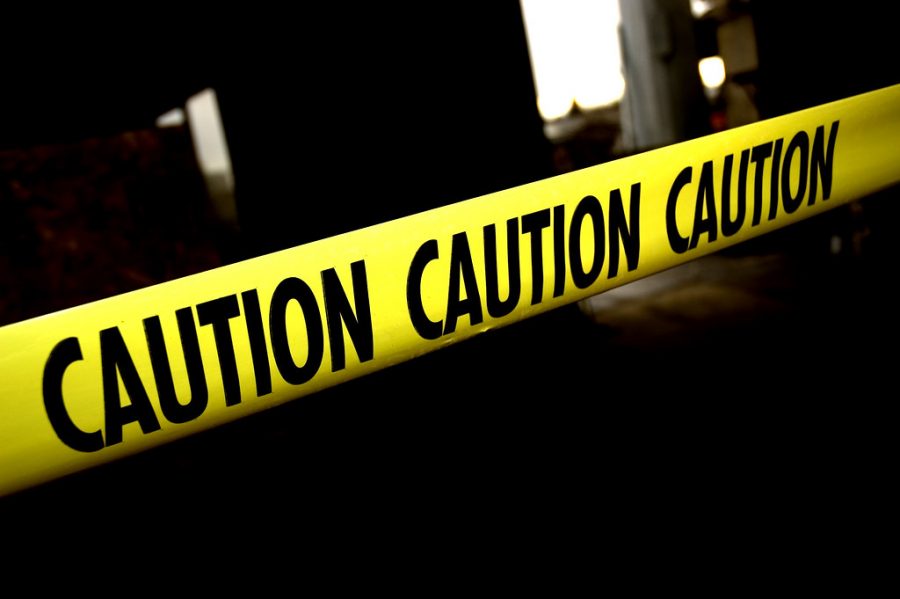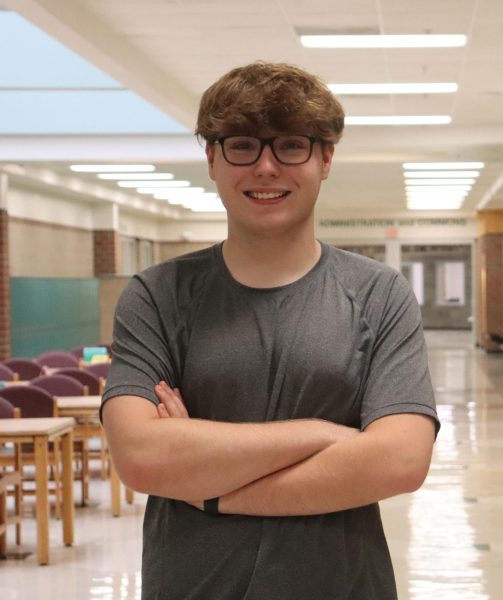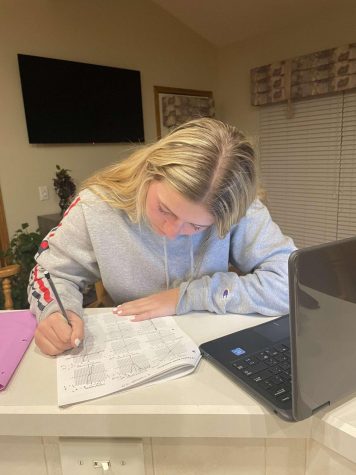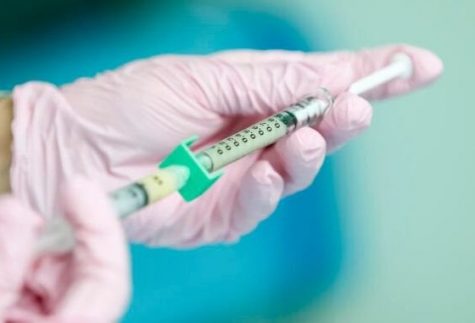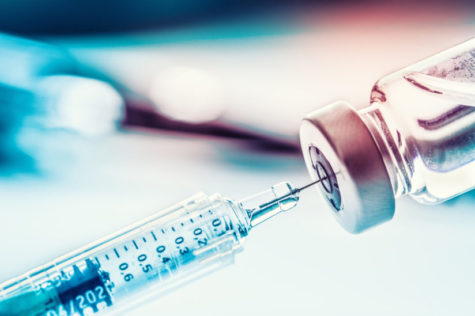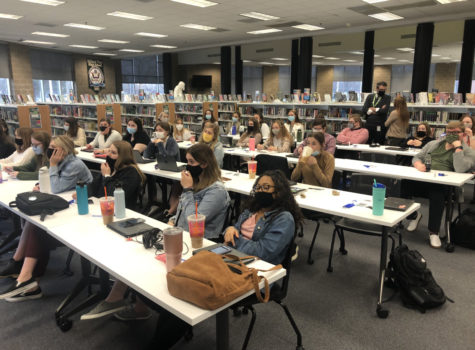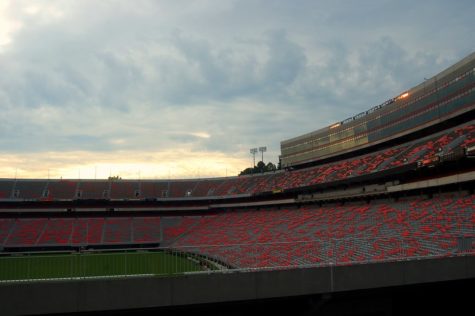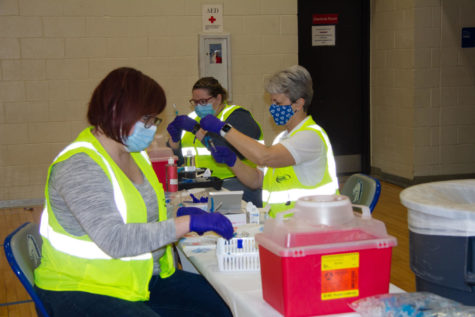Change why we quarantine
And how the blame can go around for the uptick in cases
While being in a close contact situation in any case of COVID, you should stay away, and take it seriously.
December 22, 2020
COVID-19 has added many challenges to the learning experience, whether it be masks or online learning, and many everyone has had to adapt. One way that the district has made the learning environment safer for students across the Omaha-Metro area is the COVID-19 quarantine protocols. After experiencing the protocol myself, the simplest way to explain the protocol is that if you have a certain amount of symptoms, you are sent home until you can get tested for COVID to see if you are positive or negative for COVID. If you test positive, you stay home until you are negative. It is the protocol itself that I have a problem with. What I believe needs to change is who we send home. With some people I have talked to, there might be some inconsistencies on who we send home and why we send them home.
In a perfect world, we wouldn’t have this virus in the first place, but this isn’t a perfect world. That is also the case on who we send home. My idea for when we send home someone is simple: if they have come in close contact with someone who tested positive for the virus, and are possibly showing signs of COVID, then send them home. For the close contact part, I can see a couple of possible boxes that need to be checked . The most obvious one is, of course, they sat by them in class. The second is that they came in close contact with someone that tested positive for the virus, whether it is someone they play a sport with or just someone they hung out with. It then can get a little hazy when it comes to carpools, as exposure to the virus being first or second hand. If someone’s parents of the carpool get COVID, everyone in the carpool should automatically quarantine. That is contact everyday and it should automatically be assumed that not everyone in the car was wearing a mask, as there can be a false sense of security as they could be close family friends or neighbors.
When it comes to the inconsistencies part I mentioned before, some of them would relate to the contact part of the protocols. The reason I brought up the carpool scenario was because that has happened. Students use carpools as a way to get to and from school with people that live close to them because their parents can’t always get them to school. To state it simply, it’s a small bus. What busses have done for picking up kids during COVID is encourage social distancing by placing stickers on seats that are available and assigning them, which is something you can’t do in a car. They also require masks which can be done in the car, but the false sense of community can cause people to get complacent and not wear their masks in the car. If people don’t wear their masks, they can roll down the windows but most people don’t do that in the middle of winter. If people don’t listen to the health officials and warnings, it can lead to the car equivalent to the Diamond Princess, an international disaster you might remember at the start of the pandemic where many people got COVID, and there was debate on where people should quarantine, in the boat or send them back home. Some world leaders wanted that to be a quarantine zone, where each person had its own room, others wanted to send them back home and have them quarantine there. The same should apply at school. You would want someone to go home and quarantine, not quarantine at school and have their own room. A person I know had this carpool problem. The timeline was odd, as there was not a lot of clarity on whether just one person or multiple people had to quarantine. A long story short was, someone’s parent got COVID, and as the whole carpool had close contact with him, they expected to quarantine. That was not the case as this person’s parents called the school to make sure they would have to quarantine, but as it turned out, he was supposed to be at school, and was told “come to school” by the administration. This then can also be the case for when students are in close contact because of the person they sit by. It should be that no matter what, you have to quarantine. There can be some inconsistencies in that regard, but it can also depend on one’s situation. If the person that they sit next to has to quarantine because someone they sat next to had COVID, then there is no need, but if they have to quarantine because they regularly hang out with someone without masks, then they need to quarantine.
The way teachers are also having to quarantine has to change as well. Teachers are one of the unsung heroes of this pandemic, and I consider them frontline workers, even though they are not a part of the medical field. They also have multiple classes a day, and have to deal with many students, and if x amount of students test positive, then the teacher should quarantine along with the rest of the class as it could be a potential outbreak. Let’s say in a class of 25 people, five people test positive for the virus. That would give the class a 20% positivity rate. Although it is just five people, they have multiple classes, which can increase the risk of it spreading. Teachers also have a life outside of school with clubs and sports, and if someone there gets COVID and it is a small club like the cycling club, then that is high risk for everyone, and in that case that group of people needs to quarantine.
It is also that time of year where people travel to see relatives, and people stay indoors, which increases the transmission of COVID. Because of this, we will see an uptick in COVID cases, and less people in school. It might be best to do the 50/50 remote learning style we did at the beginning of the year, but odds are we won’t do that so we have to adapt. More and more people will get COVID, and people will be inside with no doors open, meeting other people in small areas and the potential that someone has COVID among them is high. We must do our best to control the spread, and with students getting a vaccine much later than adults, that will lead to more cases.
So if both the city and the district will only have more cases, we need to adapt. The time to act is now. We need to clarify what makes people go into a quarantine, and these need to make sure everyone knows. We need updates like how we are updated on COVID daily. Update the protocols and make them relevant. If there is a shortage of COVID tests for any reason, make it harder for people to check the boxes. Although the pandemic is coming to a close, we need to make sure that we don’t let our guard down.

